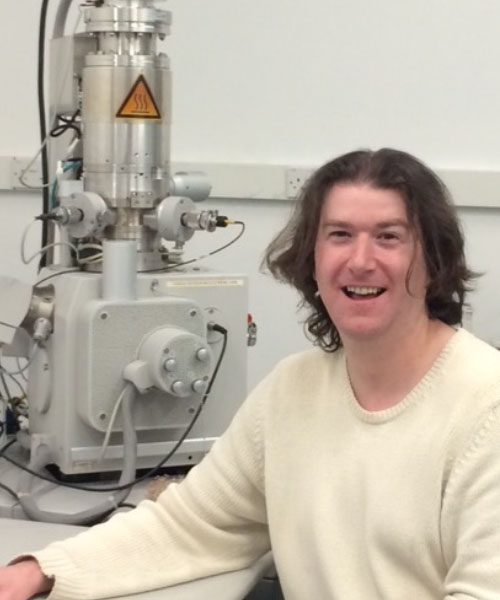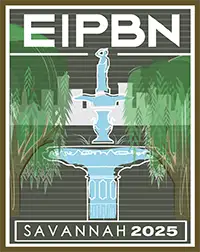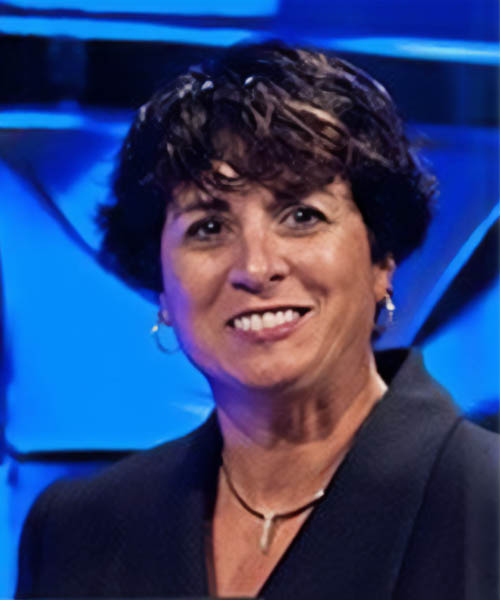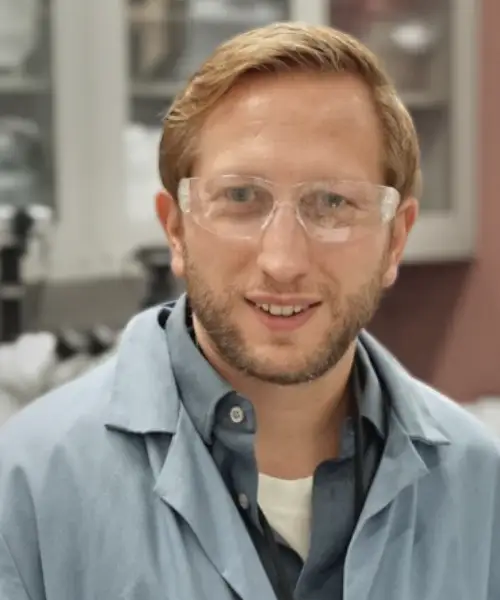Scott Lewis
California Institute of Technology (Caltech)
From Electrons to Photons: Decoding the Secrets of Tomorrow’s Photoresist Design
This short course will provide a focused introduction to the principles and challenges of photoresist design for electron beam and extreme ultraviolet (EUV) lithography. As patterning scales continue to shrink to the single digit nanometer regime, understanding the fundamental interactions between radiation and resist materials becomes critical. Central to this course are the fundamental scattering mechanisms of high- and low-energy electrons, including forward scattering, backscattering, secondary electron generation and Auger electron scattering, all of which are quantitatively analyzed using Monte Carlo simulations to predict energy deposition and proximity effects. For EUV lithography, we will examine photon-material interactions through the lens of EUV photon absorption cross sections and the resulting secondary electron cascades that drive resist chemistry. Key resist design parameters—such as molecular architecture and metal-ligand bonding—will be discussed in the context of sensitivity, resolution, and stochastic defect control. The course will conclude with state-of-the-art case studies on metal-organic resists, highlighting their tunable properties, unique decomposition pathways, and integration potential in advanced lithographic processes.
About Scott Lewis
Dr. Lewis brings over 15 years of expertise in the development of metal-organic resist materials for electron/ion beam and extreme ultraviolet (EUV) lithography. He is the creator of Excalibur, a state-of-the-art 3D Monte Carlo simulation suite designed for modeling resist materials and advancing nanofabrication techniques in Electron Beam Lithography (EBL) and Ion Beam Lithography (IBL).
Since joining the California Institute of Technology (Caltech) in 2022, Dr. Lewis has focused his research on the design and characterization of innovative positive and negative resist materials for EBL, EUV lithography, and advanced pattern transfer techniques. His research emphasizes developing new models for 3D Monte Carlo simulations to simulate electron scattering in resist environments, enabling the precise nanofabrication of next-generation devices using photo and e-beam lithography. He is also working on creating novel resist materials for EBL and EUV lithography capable of fabricating structures as small as 5 nm. Additionally, Dr. Lewis is advancing the technique of dry etching for high-resolution pattern transfer while exploring electron accelerator technologies to better understand the exposure mechanisms in resist materials.
Before joining Caltech, Dr. Lewis served as a Research Fellow at the University of Manchester’s School of Chemistry (2016–2022). There, he spearheaded efforts to design and fabricate unique positive and negative resist systems for EUVL and EBL, supported by EPSRC, UKRI, and industrial grants.
Dr. Lewis holds a BEng in Electronic Engineering from Cardiff University, along with an MSc and a Ph.D. in Electronic Engineering. His extensive academic and professional background underscores his contributions to the advancement of nanolithography and resist technology. In 2016, Dr. Lewis was a recipient of the Royal Society of Chemistry Emerging Technologies for Materials award. He is author/co-author of more than 20 papers, 3 book chapters, and over 40 patent applications.

From Electrons to Photons: Decoding the Secrets of Tomorrow’s Photoresist Design
Date: Tuesday, May 27
Time: 11:35 am - 12:30 pm
Location: Scarbrough 1, 2




